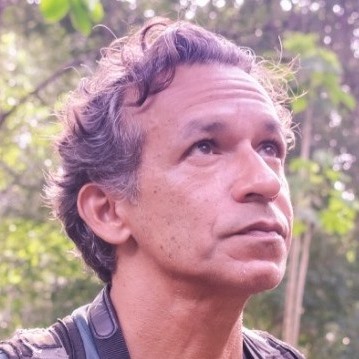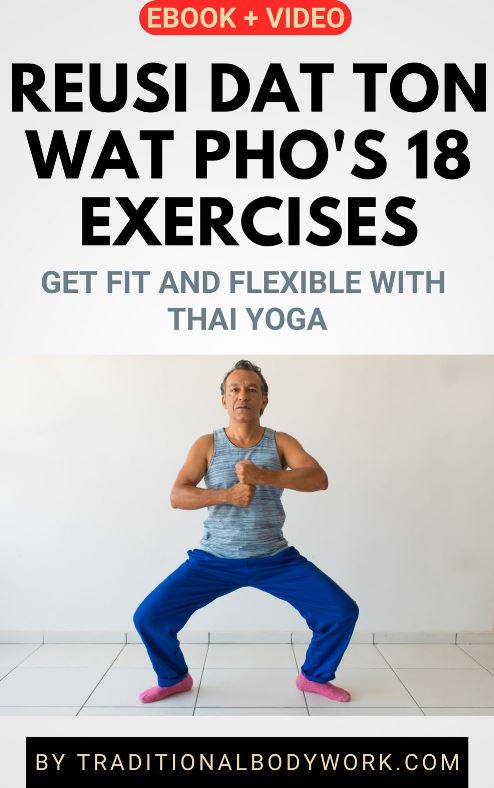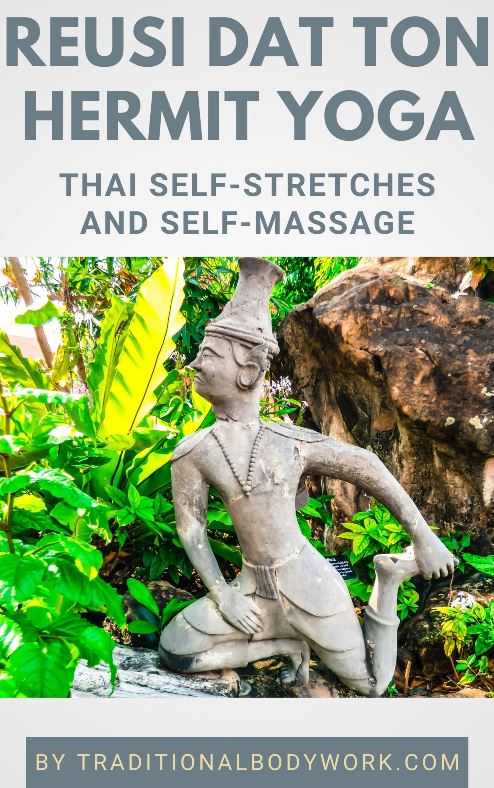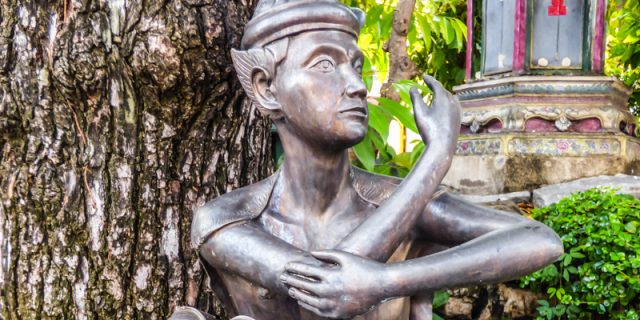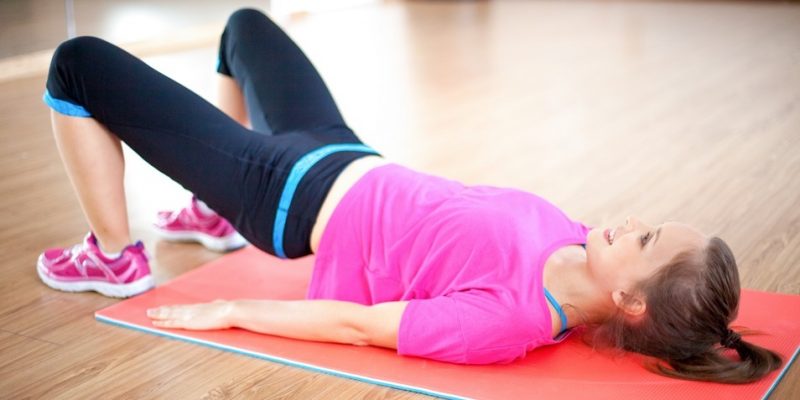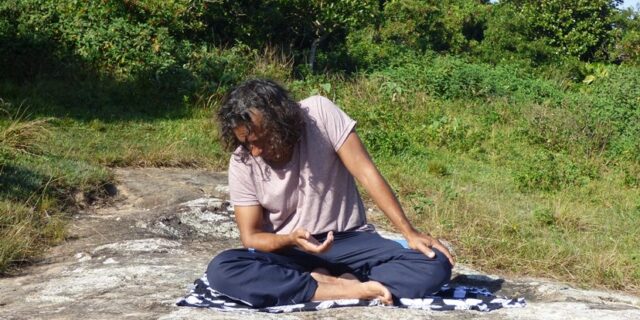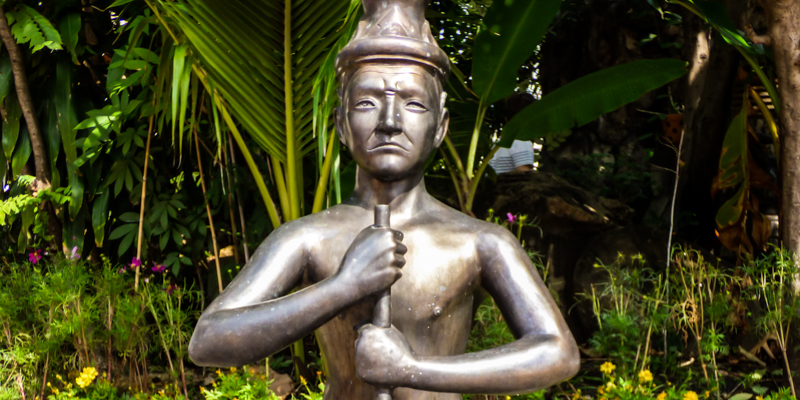
Longevity, or living a long life, ranks high on the priority list of many people. Personally, I’m not such a big fan of the longevity thing per se, unless it would be in good physical and mental health and plenty of things to do that make a full and interesting life.
In fact, I’d rather have a healthy and full short life, than one that’s long but with ill health and empty. Nevertheless, in Asia also, improving longevity is a subject always high on the agenda. Basically all the traditional healing arts have longevity as one of their primary goals besides of course prevention, relaxation, restoration and healing.
We find exercises or treatments for longevity in many Asian healing arts such as in Chinese Qigong (Chi Kung) and Tai Chi, in the Thai Reusi Datton Self-Stretching Exercises, Tantra Massage, Chakra Balancing and Healing, and even with the use of the Yoni Egg, to give some examples.
Introduction to the Reusi Datton Longevity Exercise
In this post, we’re going to take a look at a Reusi Datton exercise that specifically addresses training for longevity. But before we continue, just in short, something about Reusi Datton.
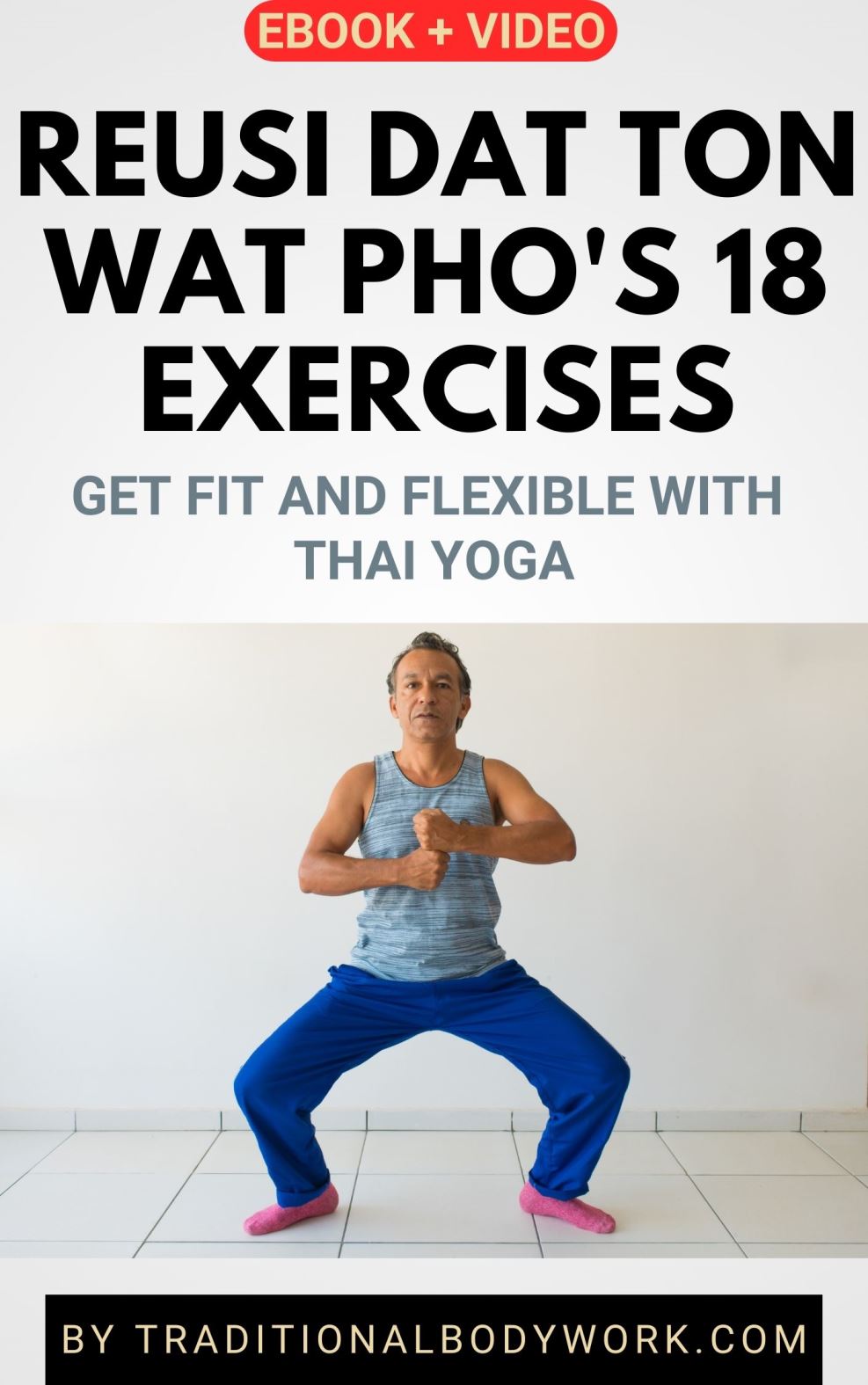
Now, Reusi Datton (Rue-Si Datton, Reusi Dat Ton, or Thai Yoga) is a relatively unknown ascetic self-stretching, self-massage, meditation, and self-healing Thai Traditional Medicine modality with a vast range of exercises of which some resemble Indian Yoga and others not at all.
In any case, the modality is used seriously by a select number of practitioners in Thailand and increasingly also around the world, for fitness and health, as preventive medicine, for relaxation, and healing. Reusi Datton, by the way, has a strong connection with both Thai Traditional Dance and Thai Traditional Massage.
To understand this Reusi Datton Longevity exercise better, it’s important to know why it’s thought to improve longevity. Well, the main idea of this exercise is to train the so-called pelvic floor muscles. It’s thought that a weak pelvic floor “leaks” so-called Life Force (Prana, Qi, Chi, or Lom) and “leaking Life Force” means we will live shorter.
Additionally, there’s also an esoteric, spiritual meaning to the exercise about which you can read more in our post Hidden Meaning of Longevity Exercise.
Muscle and Joint Engagement
So, training the pelvic floor muscles gives us a longer life because we better retain Life Force within us. Additionally, this exercise also strengthens the thighs (notably the quadriceps i.e. the front part of the thighs), the feet, the knees, and the low back area.
There are also some joint mobilizations involved such as hip joint flexion, knee joint flexion, and ankle joint dorsiflexion.
Seen anatomically, this exercise trains and strengthens the pelvic floor muscles, biceps branchii, pectoralis major, pectoralis minor, erector spinae, quadriceps femoris, hamstrings, knees, gastrocsoleus complex, tibialis anterior, and the so-called “glutes” (gluteus) muscles.
Precautions and Contraindications
Of course, make sure you are able to do these kinds of exercises. If you’re not sure, please consult your physician. In any case, for those with osteoarthritis of the knees, or those who have had a knee operation or have an artificial knee, precaution needs to be observed.
How to Do the Exercise

- Stand straight up and spread your legs.
- Position your hands and fists (fist on top of the other fist) as shown in the instruction pictures.
- Apply force, that is, push your fist down and with the lower fist push the upper fist up with equal force, staying in the middle horizontally.
- Breathe in, hold your breath.
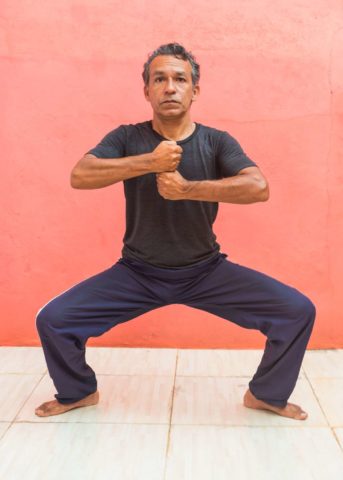

- Bend through both your knees (squatting) and try to engage the muscles that “hold your pee” (the pelvic floor muscles), still holding your breath.
- Hold the maximum position three seconds.

- Breathe out and return to your initial position.
- Repeat the exercise with the other fist on top, and do this as many times as you like.
To learn more about the theoretical and practical know-how of doing the official 18 Wat Pho Ascetic Self-Stretching Exercises, you can check out our Video Workshop with lots of info and more than 150 clear, detailed photos of each pose (just like the ones on this article), plus a video showing you the entire set of exercises.

